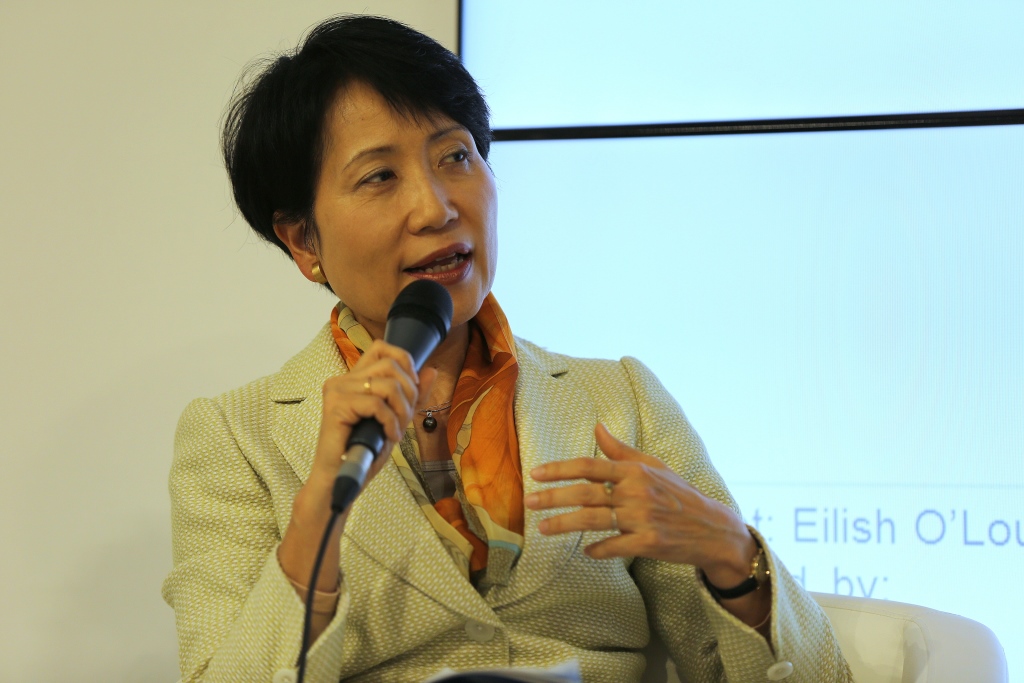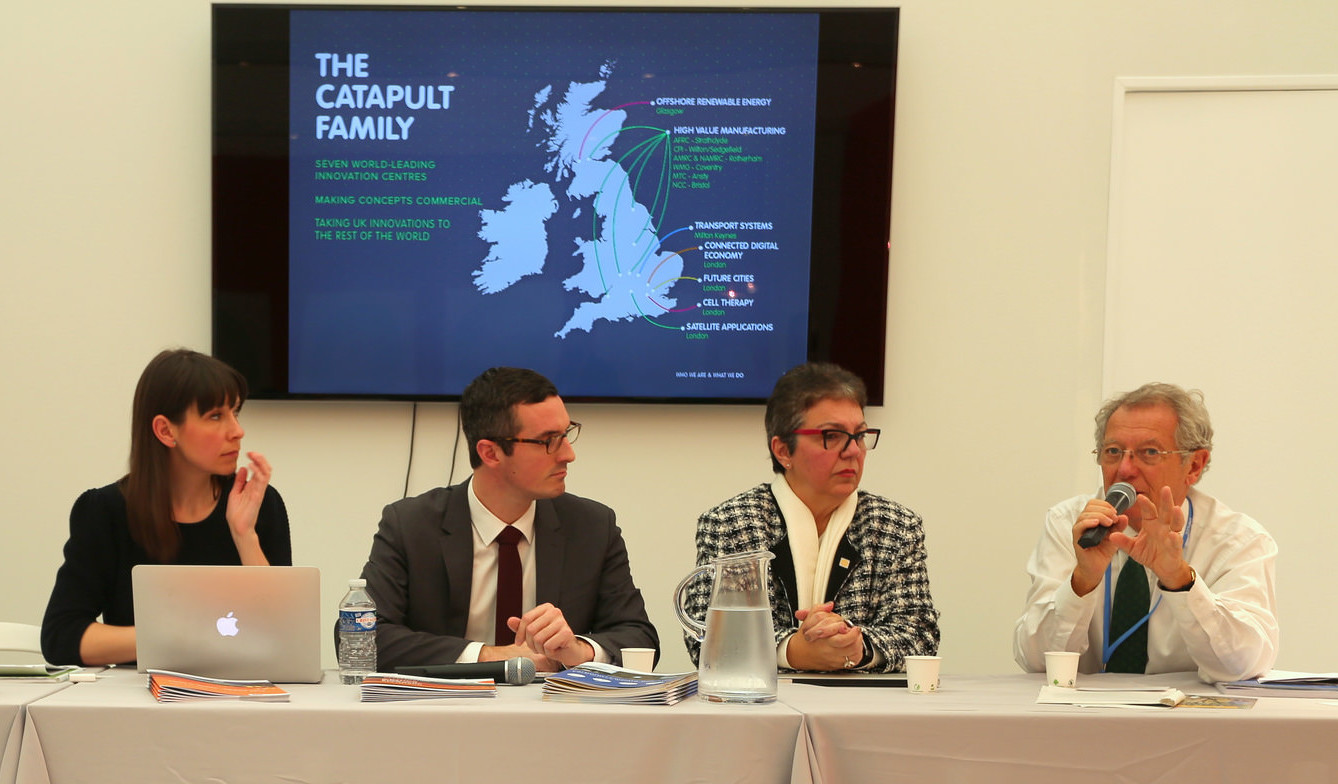Japan aims to create 100 or more Decarbonization Leading Areas by 2030
Regional decarbonization is essential for Japan to achieve its carbon neutrality target by 2050, and nowadays, decarbonization is linked to economic competition, it is also an opportunity to use regional strengths as a regional growth strategy to help solve problems and improve the attractiveness and quality of the region.

The Government of Japan will pave the way for the implementation of advanced initiatives towards decarbonization by 2025 in at least 100 ‘Decarbonization Leading Areas’, led by local governments, local businesses, and financial institutions, and with fully support from the national government, in accordance with regional characteristics and other factors. By implementing this by 2030, the initiative will show how the quality of life of residents can be improved by solving local problems in diverse areas, such as rural, fishing, and mountain villages, remote islands, and urban townships, and will be spread throughout the country.

*Decarbonization Leading Areas are regions that achieve net-zero emissions from electricity consumption in households and the business sectors towards carbon neutrality by 2050, and also achieve reductions in other greenhouse gas (GHG) emissions such as from transportation and heat use, in line with Japan’s 2030 target by utilizing local characteristics, and are models for the ‘Decarbonization Dominoes’.
Selected municipalities (First Round)
The Ministry of the Environment (MOE), Japan, called for the first round of applications to select Decarbonization Leading Areas in January 2022, and received 79 plans, including joint proposals, from 102 local governments across Japan. 26 municipalities were selected in the first round of selection, 5 of which are ICLEI members– Kawasaki City, Kitakyushu City, Saitama City, Yokohama City, and Nagoya City. These cities have overcome all kinds of pollution through the cooperation of citizens, businesses, and governments, and now leading Japan as an advanced environmentally friendly city.
| Municipalities | Outline of Initiatives |
|---|---|
| Kawasaki City | Installation of solar power generation equipment at private facilities around the Mizoguchi area and all public facilities in the city and next-generation vehicles are planned to be promoted in all official state cars by 2030. |
| Kitakyushu City | Establish a low-cost PPA (Power Purchase Agreement) model while decarbonizing through the promotion of PV (rooftop solar power), EVs (electric vehicles), storage batteries, etc. |
| Saitama City | In collaboration with universities and the private sector, building a highly versatile, public-private-academic model based on the concept of ‘Saitama’s Green Co-creation Model through public-private-academic collaboration’. |
| Nagoya City | Building a decarbonized compact city model to be realized in the Smart Town redevelopment area, proposed in collaboration with the private sector. |
| Yokohama City | Building a decarbonization model in a major city, including the supply of renewable electricity from solar power generation equipment to be installed on the rooftops of commercial and office buildings in the Minato Mirai 21 District (a seaside urban area in central Yokohama), and on unused lands outside the area, such as municipal housing and rainwater retention ponds. |
Saitama City
Saitama City is located 30km north of central Tokyo, and it is a hub for the exchange of ‘People, Goods, and Information’ as a core city in eastern Japan. In Saitama City, all public facilities, two universities, and commercial facilities in the Urawa Misono area and large electricity consumers, such as model districts will install solar power generation equipment. While maximizing grid efficiency through supply and demand management by EMS (Energy Management System) in cooperation with business operators, a variety of renewable energies, including newly constructed waste-to-energy plants, floating solar, etc., will be utilized in the city to achieve decarbonization. In addition, the citywide expansion of shared multi-mobility services (small EVs, EV scooters, battery stations, etc.) using renewable energy to be deployed on a large scale throughout the city, in line with the decarbonization of public facilities, etc.
From 22 to 24 November 2022, Saitama hosted the ‘Saitama Sustainable Cities Summit ~E-KIZUNA Global Summit~’, which brings 15 cities in 9 countries around the world together to share and spread various ideas and environmental issues. The summit aims to realize the desire; ‘Creating sustainable cities where people can live comfortably, especially for children, who will lead the next generation.’
Kawasaki City
Kawasaki is conveniently located in the center of the Tokyo metropolitan area and has a population of approximately 1.54 million. As an industrial city, Kawasaki has the highest CO2 emissions at the metropolitan level in Japan.
50 private facilities and 1,067 public facilities such as shops and warehouses in the Mizoguchi area, a key transport hub in Kawasaki, will be installed with solar equipment and storage batteries, utilizing the roofs of each facility, and a regional energy company will be established in 2023, utilizing existing waste-to-energy plant with the aim of decarbonizing the sector. Other initiatives in public facilities include solar equipment that will be installed in half of the public facilities that can be installed and promoting 100% renewable electricity, and energy-saving such as the use of LED lighting, etc.
Specifically, as initiatives in private facilities, Kawasaki will promote solar equipment, 100% renewable electricity, and energy-saving equipment at member companies (Amazon Japan, etc.) of the ‘Decarbonization Action Mizonokuchi Promotion Council‘, with the aim of achieving virtually zero CO2 emissions from electricity consumption.
Kitakyushu City
Kitakyushu is located at the gateway to Kyushu and has a population of approximately 1 million. Material-based industries such as steel, machinery, and chemicals are concentrated in the port area. Kitakyushu has developed many progressive environmental policies. Its achievements have been widely recognized both nationally and internationally, and it has been recognized as a model city for many projects.
Specifically, 18 areas in the Kitakyushu urban area will work together to implement solar panels and storage batteries at no initial costs through the PPA model (a third-party ownership scheme) (i.e. no initial installation costs instead of purchasing the electricity generated for several years) and to realize reduced electricity costs and extend equipment life through optimized operation and maintenance using the IoT. In addition, in order to reduce installation costs, the city is working on the reuse of used solar panels and the secondary use of used car batteries as stationary storage batteries.
Through these initiatives, the city aims to create the fastest and largest renewable energy introduction model in the group of public facilities and recycling companies in Kitakyushu.
Decarbonizing Domino

The keyword for this initiative is ‘Decarbonization Domino’. Kawasaki is a regional living hub and transport hub in a metropolitan area, and Kitakyushu is a cluster of small and medium enterprises and other businesses, both of which are aiming to decarbonize. The goal of this initiative is to create a “decarbonization domino effect” whereby local initiatives catalyze similar efforts in neighboring municipalities, leading to a nationwide movement towards carbon neutrality. The Japanese government is also looking to engage other countries to do the same.
The Decarbonization Leading areas initiative has only just begun. The second call for applications was held in July 2022, and the selection results were announced on 1 November, with 20 areas in 17 municipalities selected, including 3 ICLEI members- Sapporo City, Kyoto City, and Iida City. The Japanese government will select at least 100 Decarbonization Leading Areas over the next few years.
ICLEI office of Japan will continue to support the ‘decarbonization dominoes’ model by disseminating the initiatives of Decarbonization Leading Areas to the world, as well as collecting case studies of decarbonization from around the world and sharing them with Japanese local governments.





